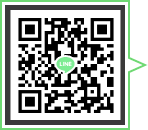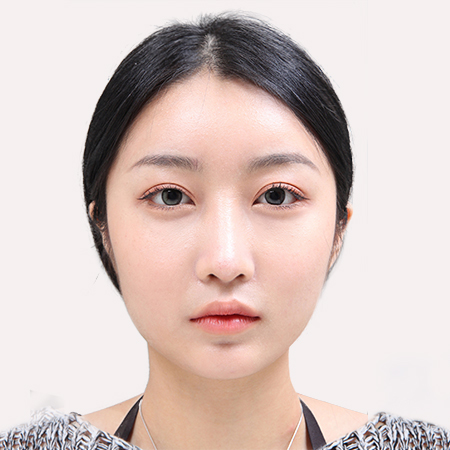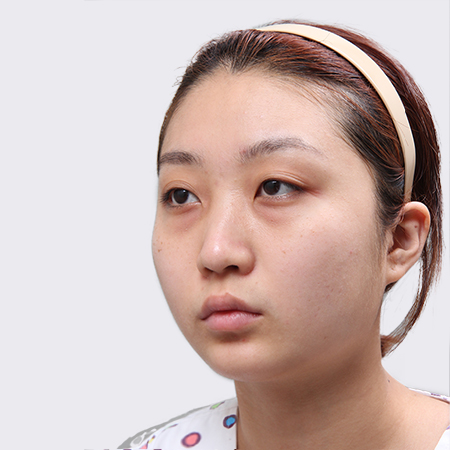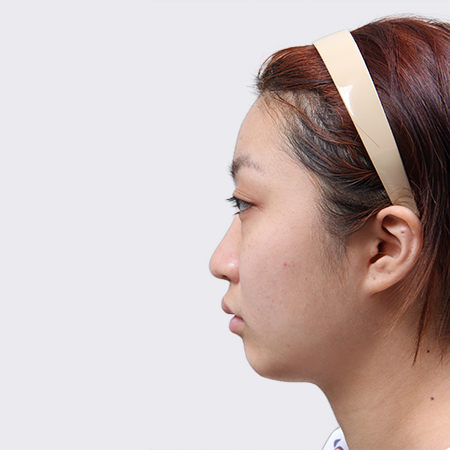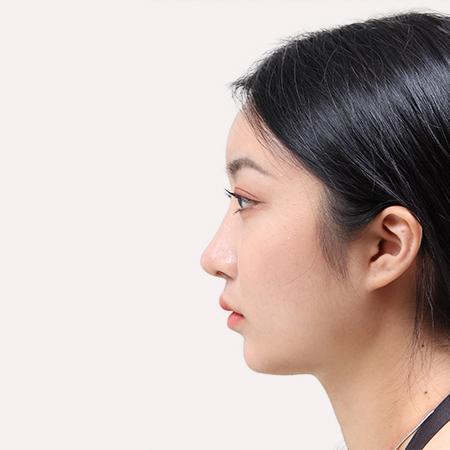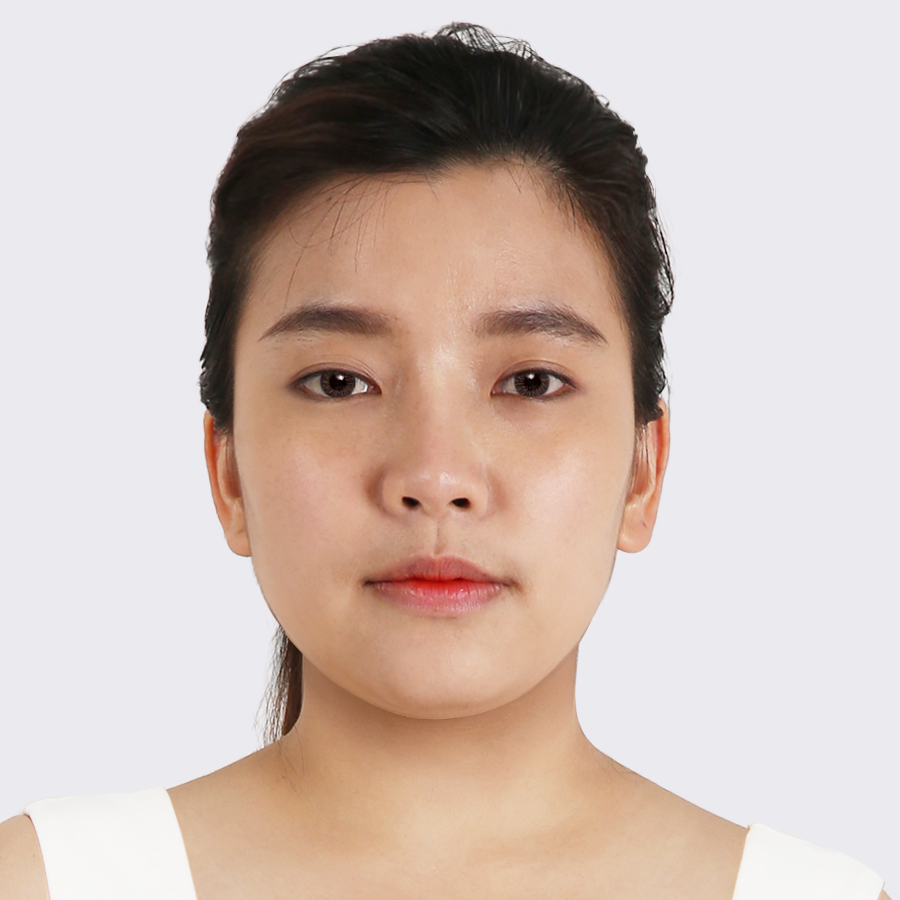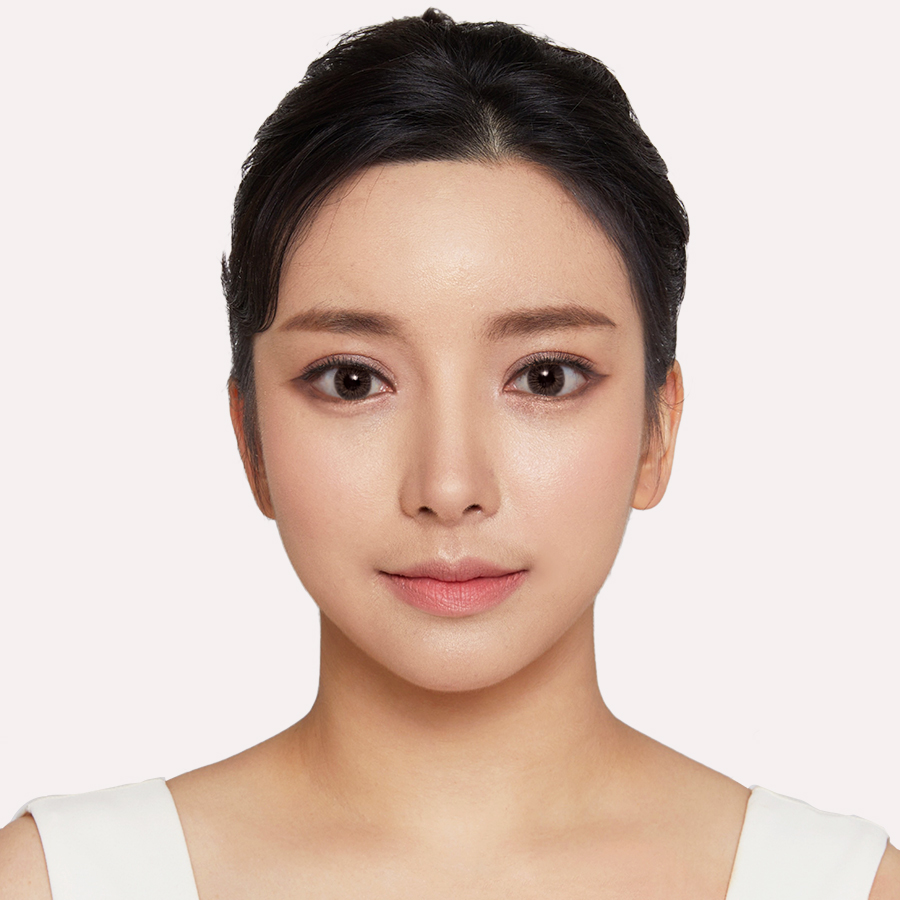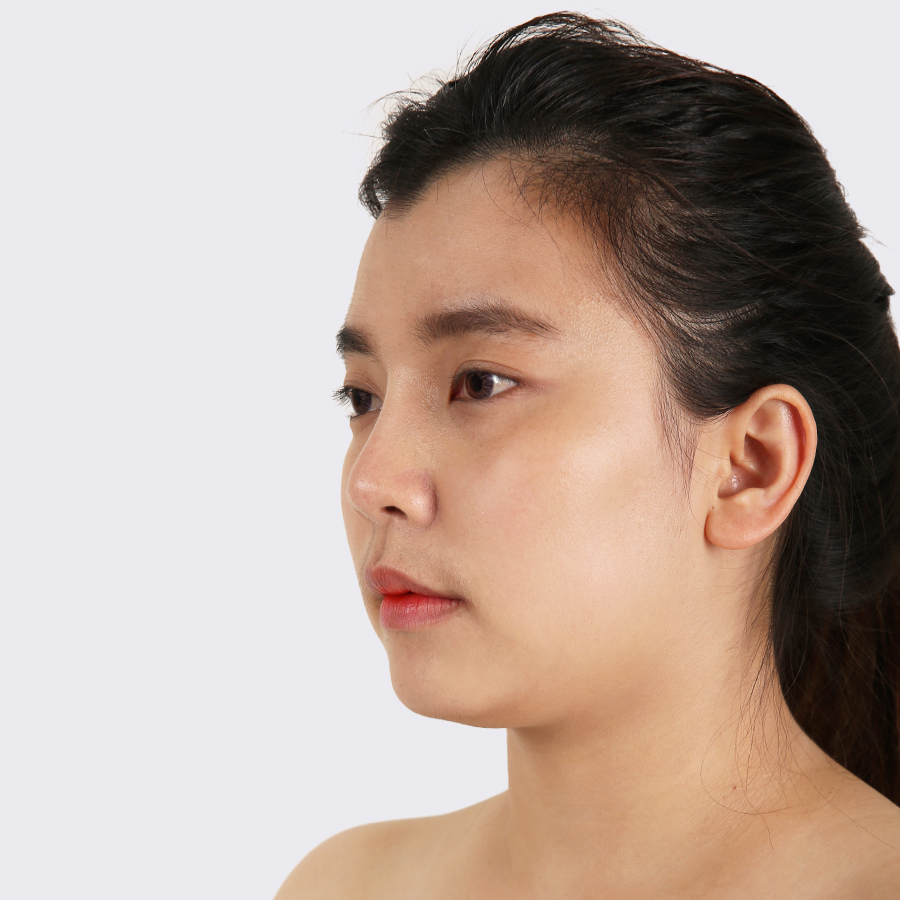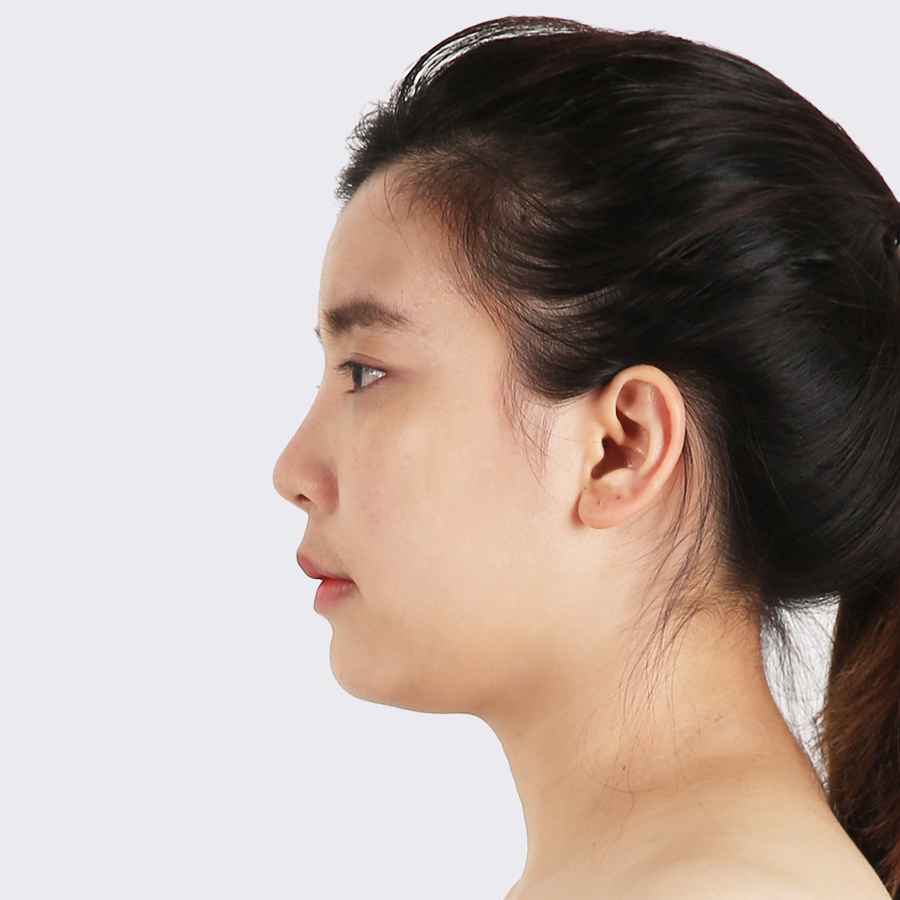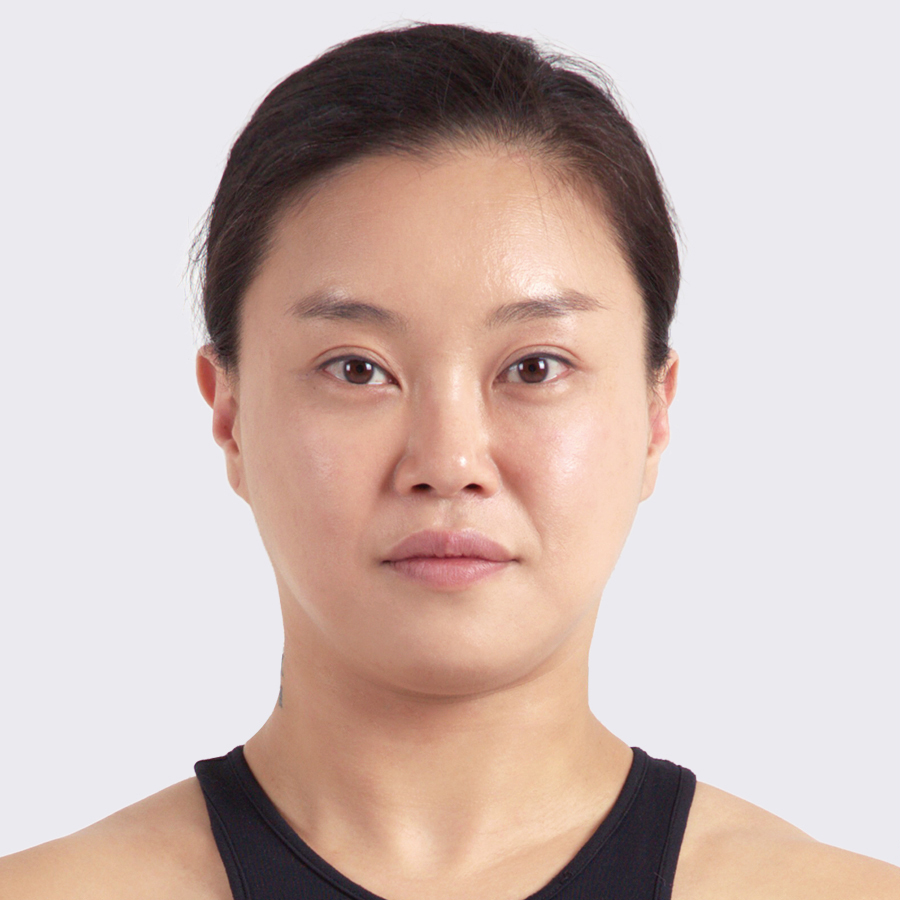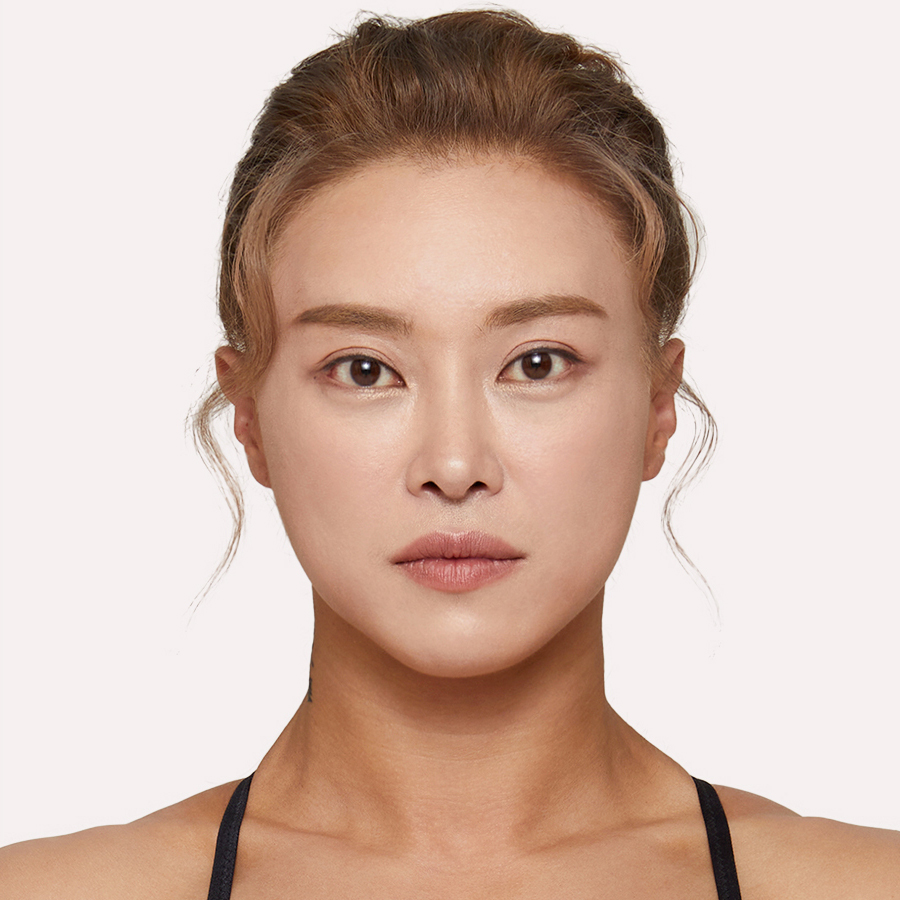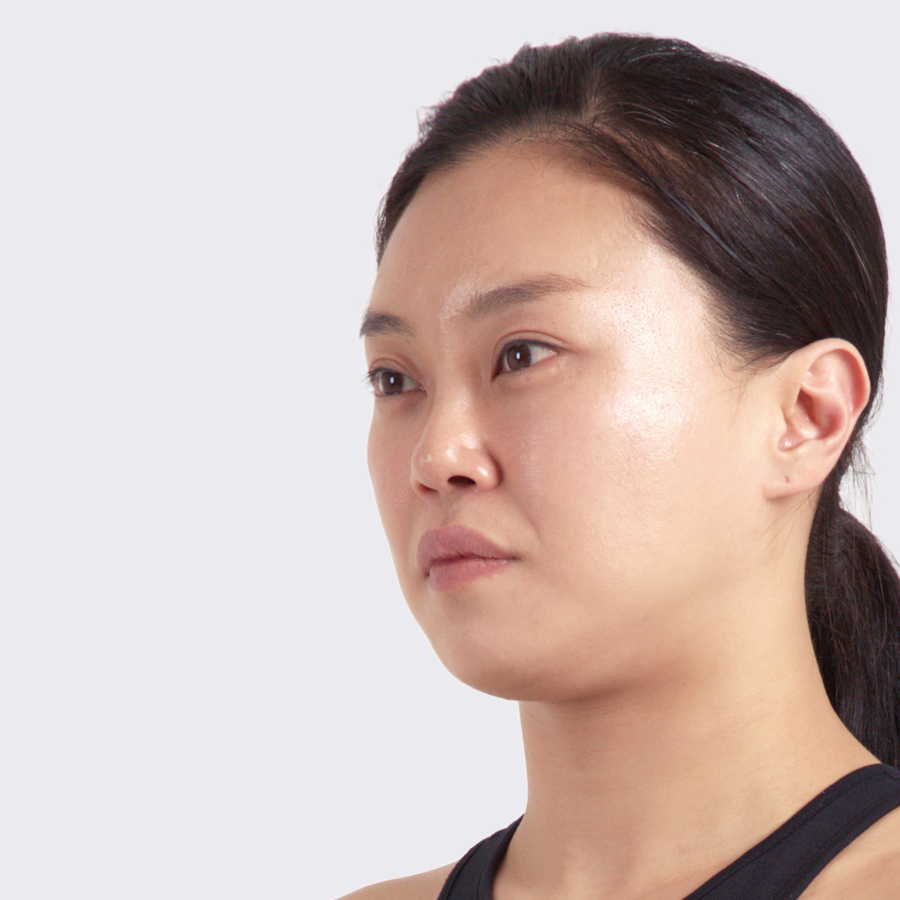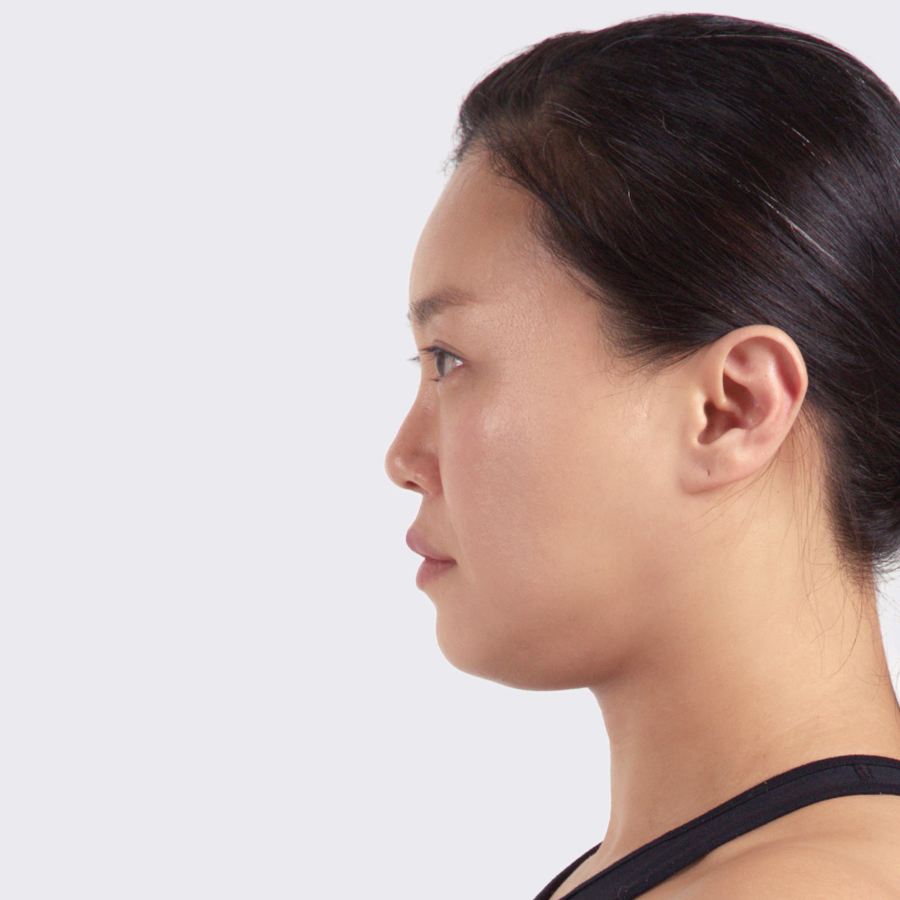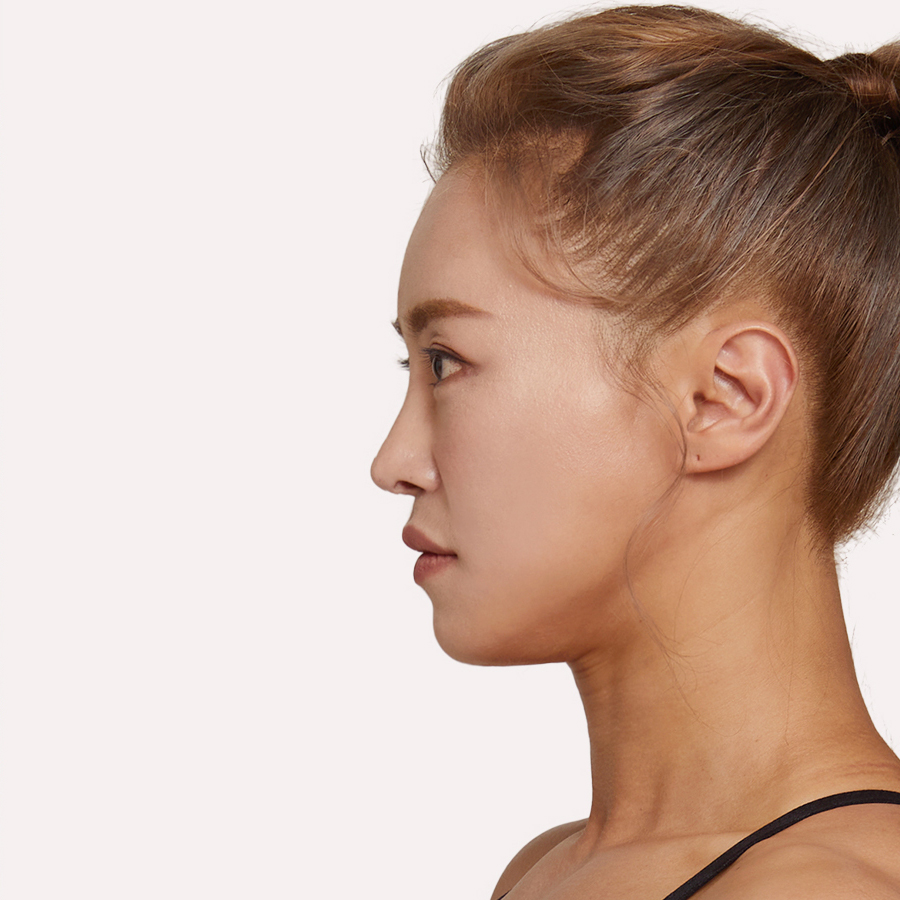Eye Revision Surgery Cases
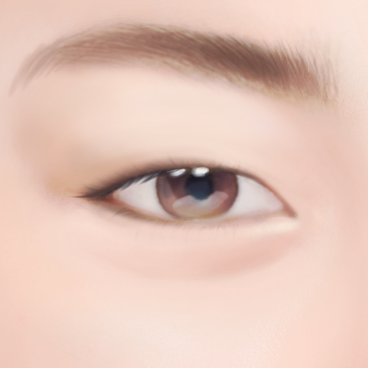
Before
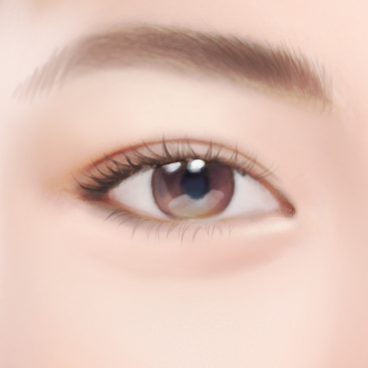
After
Undone Double-lids
After Surgery
This is the most common reason for revision surgery. For patients who undergo non-incisional double-lid surgery, or patients with a lot of fat on their eyelids, there is a chance of the double-lid line coming undone, in which case reoperation is required. The double-lid line is done once more along its original position, and if former surgery was done by incisional method, then an incision is made again, removing excess fat and muscle while redefining the double-lid line.
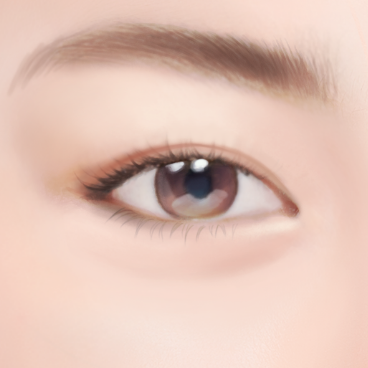
Before

After
Excessively Low
Double-lid Line
In these cases, the double-lid line is positioned too close to the upper waterline, or sagging skin is pushing the double-lid dine downwards. For cases like these, the excess skin is removed so that the double-lid line can be repositioned higher.
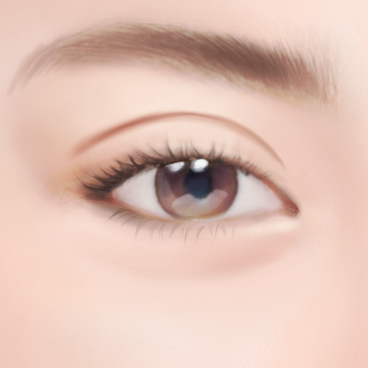
Before

After
Excessively High
Double-lid Line
In these cases, the double-lid line is positioned too high, or the levator muscle is tied in an excessively high position. For cases like these, an incision is made, positioned lower than the current double-lid line, and the scar of the current high double-lid line is removed.

Before

After
Droopy Eyes or
Ptosis After Surgery
In these cases, muscle damage or adhesion of tissue after the surgery is common. This can be corrected by removing the scar tissue, or recovering muscle function.
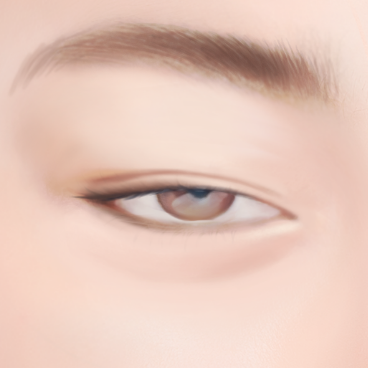
Before

After
Eyes That Won’t Fully
Close After Surgery
When too much skin or muscle has been removed, patients can have trouble closing their eyes. Skin can be recovered swiftly, however, that is not the case for muscle tissue. Therefore the surgical procedure can only be decided after thorough consultation with a specialist.
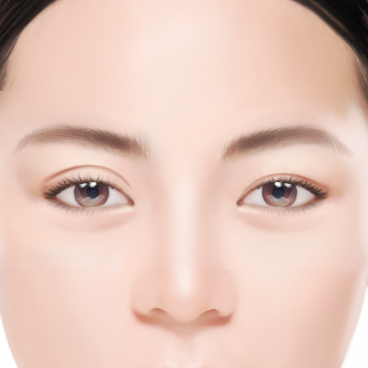
Before

After
Asymmetrical Double-lid Lines
When one double-lid line is higher than the other, there are a few ways to correct this. The patient has the option to reposition it to match the other, or repositioning them both.
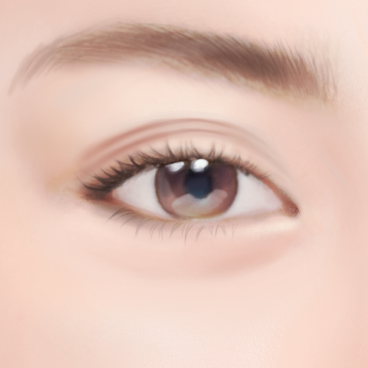
Before

After
Several Double-lid Folds
When the fat around the eye crease is reduced naturally due to weight loss or aging, it can cause the crease to look sunken and fine lines to appear around the double-lid line, making it look undefined. Fat can be transplanted from the abdomen or thighs in order to correct this.

Before

After
Epicanthoplasty Revision
A revision is required when an epicanthoplasty is performed an only a visible scar remains without getting rid of the mongolian fold. For these cases, the surgical method varies depending on the scar and the surgical method of the previous surgery.
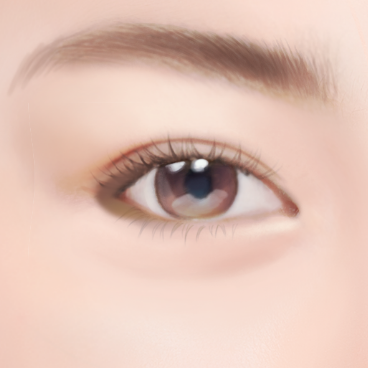
Before

After
Lateral Canthoplasty Revision
A revision is needed when mucous membrane is exposed or tissue adhesion occurs. If the patient desires to return to their original eye shape, lateral reconstruction surgery can be done. There can be a bit of scarring tissue, however, it will be placed on the fold of the lateral canthus, becoming unnoticeable as time passes.
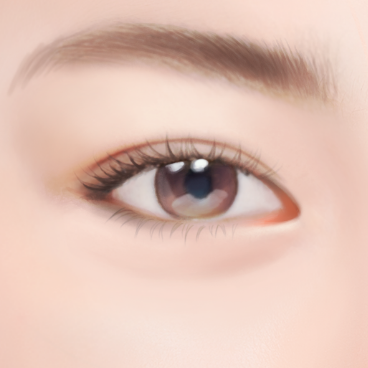
Before

After
Epicanthoplasty Reconst-
ruction
Epicanthoplasty is usually done in order to obtain bigger, more defined eyes, however, there are cases when the inner canthus is incised excessively. This can be corrected through an inner canthus reconstruction surgery. The incision is made along the original scar in order to minimize the scarring tissue.
Cinderella’s Eye Revision Surgery
Characteristics

1
Extensive Knowledge & Expertise

2
Thorough Preoperative Examination

3
Well-established Revision System

4
Proper Understanding About Revision Surgery

5
Precision to Prevent Further Revision

6
Outstanding Postoperative Care

Cinderella’s
Eye Reoperation Candidates
-
People with noticeable asymmetry after double-lid surgery
-
People with excessively thick double-lids after surgery
-
People whose double-lid line came undone after surgery
-
People experiencing droopy eyes or ptosis after surgery
-
People left with noticeable scarring after surgery
General Information
Eye Revision Surgery
Type of Surgery
Varies for different cases
Type of Anesthesia
Local sedation
Duration of Surgery
1 hour
Hospitalization
Not required
Post-surgery Treatment
2 sessions
Recovery Period
Back to daily routine after stitch removal
Before & After
Consultation
Contact Us
Contact Us
Thanks for contacting us. We will get back to you as soon as possible.









